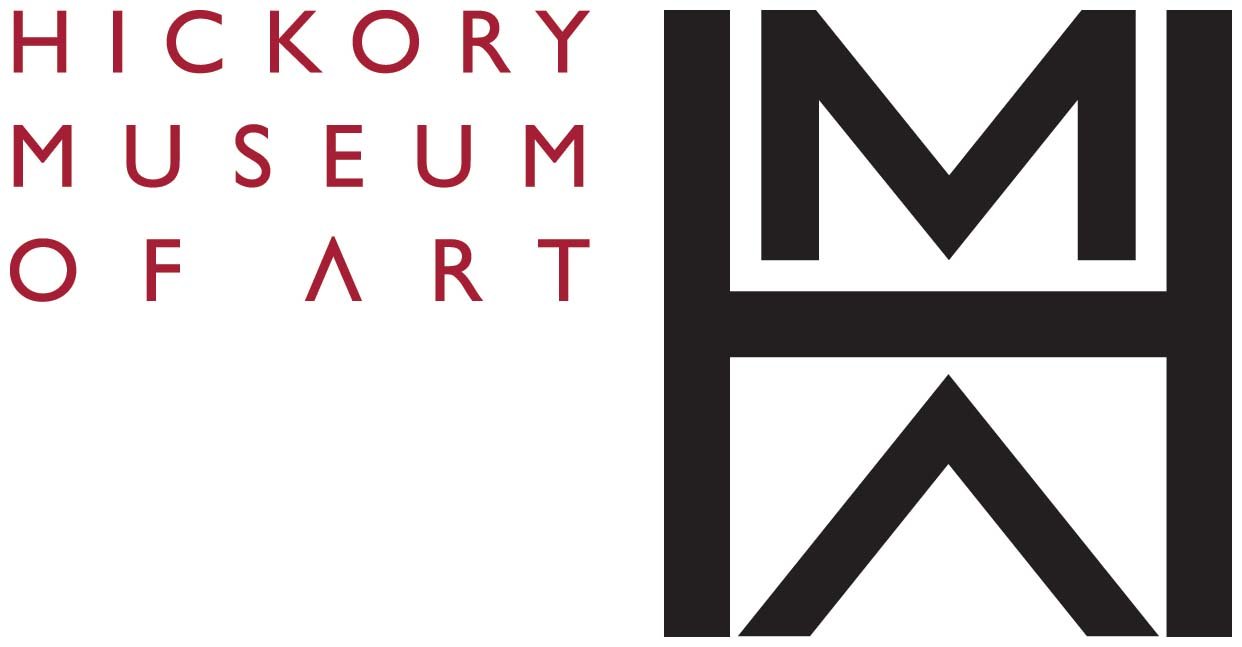Elliott Daingerfield (1859 – 1932)
In 1886, then 25 years old and already an established painter, Elliott Daingerfield traveled to Blowing Rock with his wife to recuperate from diphtheria. It was the beginning of his long devotion to Blowing Rock where he maintained summer homes with his family for the rest of his life. Simultaneously, he continued his successful artistic career in New York City and, after 1911, in the Southwest and in California. He is considered one of North Carolina's most prolific artists.
Daingerfield was born in Harper's Ferry VA (now WVA), but the family moved to Fayetteville NC in 1861 when his father was appointed to command the arsenal there and to serve as paymaster for Confederate troops. Despite financial reverses suffered by his family because of this service, Daingerfield was educated at private schools; and continued his artistic education in Europe.
HMA's Daingerfield painting Rainbow Over the Valley (undated)
At the age of twenty-one he moved to New York City where he worked with the painter George Inness (1825-1894). Inness taught Daingerfield the technique of layering thin coats of oil paint and light-absorbent varnish to create rich soft-edged colors and glowing light, often regarded as hallmarks of Daingerfield's work. At the same time, Daingerfield argued against both literalness in painting ("If reproduction of surface fact be the ultimate of the painter's mission, then is he of all men most petty and miserable.") and imitation, regarding which he held that "The answer is, in art each man must be a leader, not a follower, for no two are alike, no two souls are given the same message, and while it may amuse the critic to trace likeness, the great truth remains that true art is personal."
In 1917, Daingerfield built Westglow (above left) in Blowing Rock on a 20 acre property overlooking Grandfather Mountain. He once described the view from Westglow this way, "The glow sinks down, the dark grows deep. Then I hear a voice in the slumberous air, the soft sweet sigh of closed wings. My soul uplifts in silent prayer, for I know the message the Spirit brings." He named the house for that view, and his painting Twilight is almost certainly of the self-same view. Westglow is now restored and open as an inn and spa, and is listed on the National Historic Register. (The marker is also in Blowing Rock. The Daingerfield portrait is undated. Twilight sold at an April 2016 California auction for $32,500, a measure of the continuing popularity of Daingerfield's work.)
Although his contemporaries called him a tonalist, Daingerfield’s work defies easy categorization. He was known early on for his religious paintings that earned him a comfortable income, but he also painted landscapes including of the North Carolina mountains and the Grand Canyon. In addition to the Metropolitan Museum in NYC, his works are in the National Gallery in DC, the Morris Museum in Augusta GA, the Mint Museum, and many other public and private collections. HMA owns seven of Daingerfield's works, including (left to right above) Geese by a Stream (1905), Apples from Windwood (ca. 1907) and A Baccanale (Maenad and Dionysus) which is undated.
Daingerfield also wrote a number of articles on art, as well as biographies of Inness and at least one other painter. He was married twice, and in his second marriage he had two daughters.
About Daingerfield’s painting trip to the Grand Canyon: Elliott Daingerfield's Grand Canyon adventure.
About Daingerfield’s sculptor daughter Marjorie Jay Daingerfield (1900-1977).
This post is # 14 of the 75 stories to celebrate HMA's 75 years.
Post by Karin Borei, HMA Project Coordinator, writer and editor as needed, and HMA blogger since our blog's inception in March 2015.











